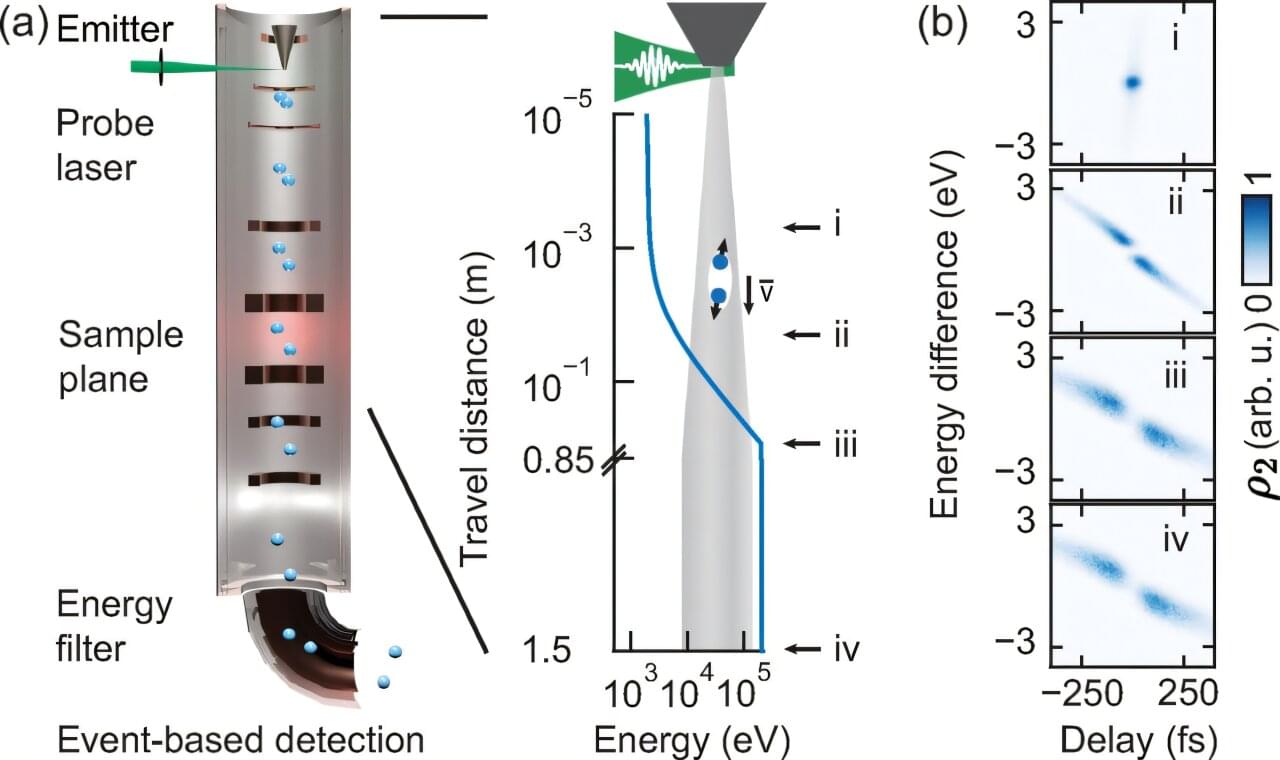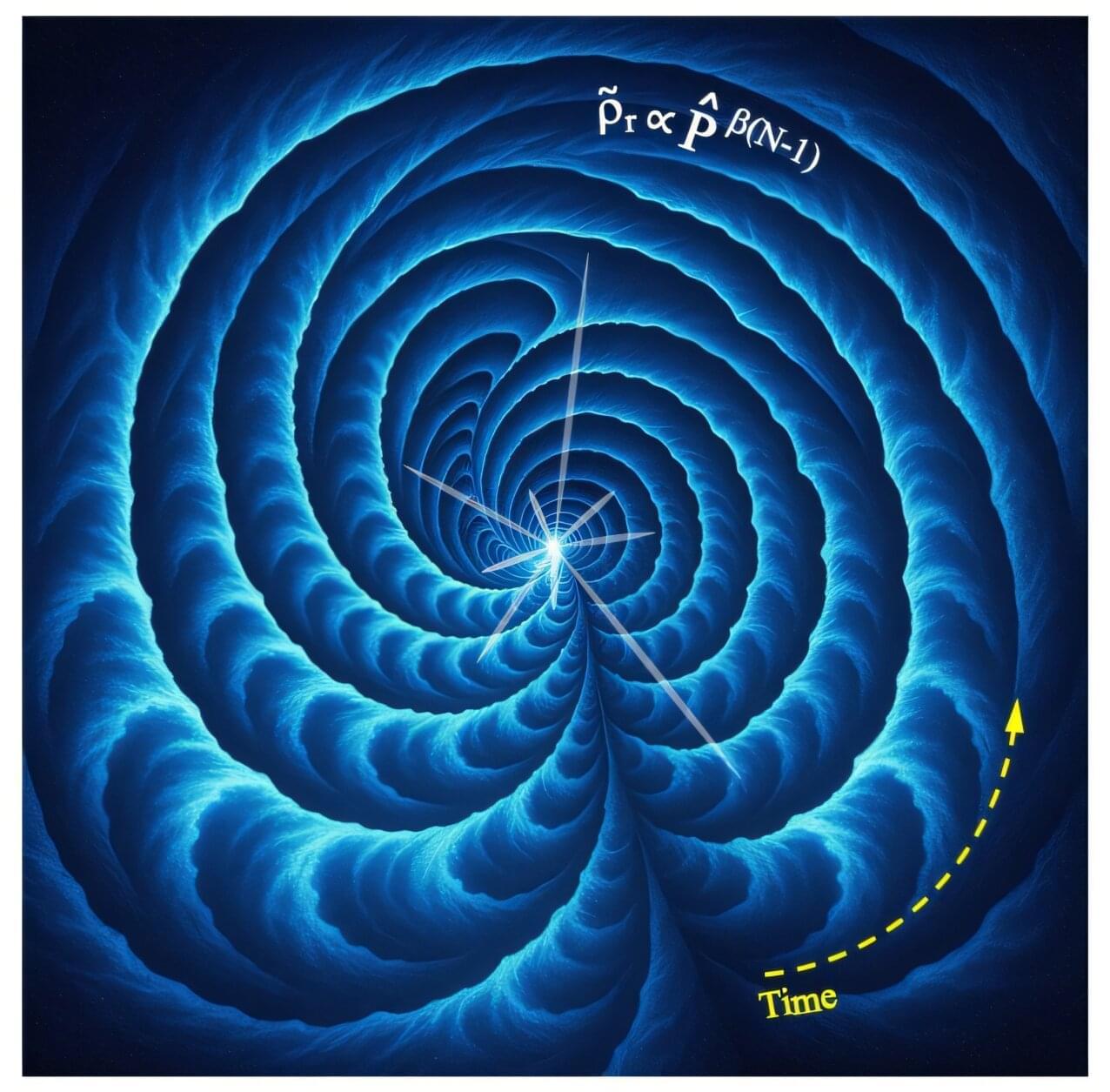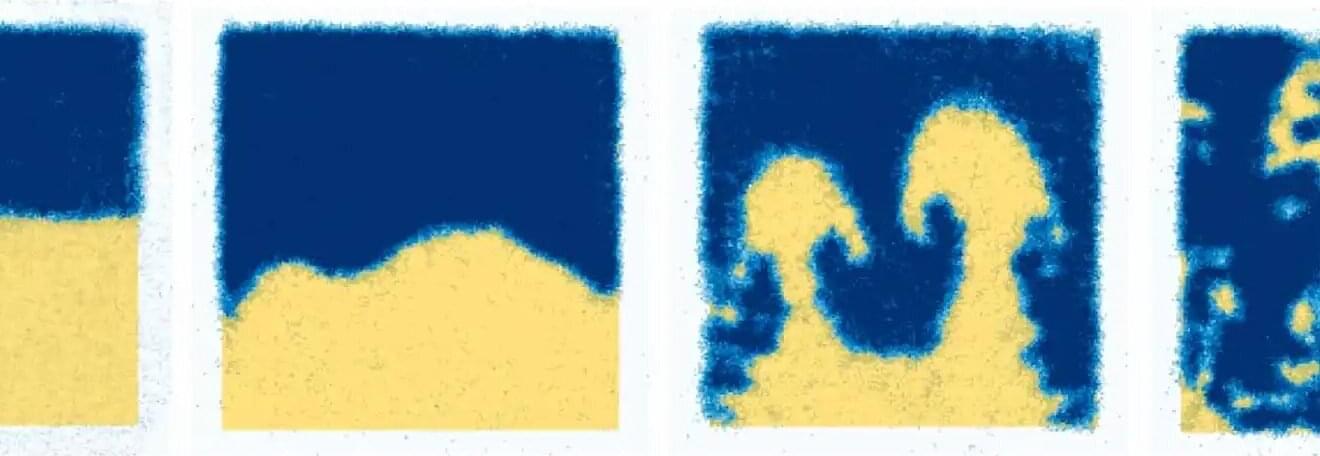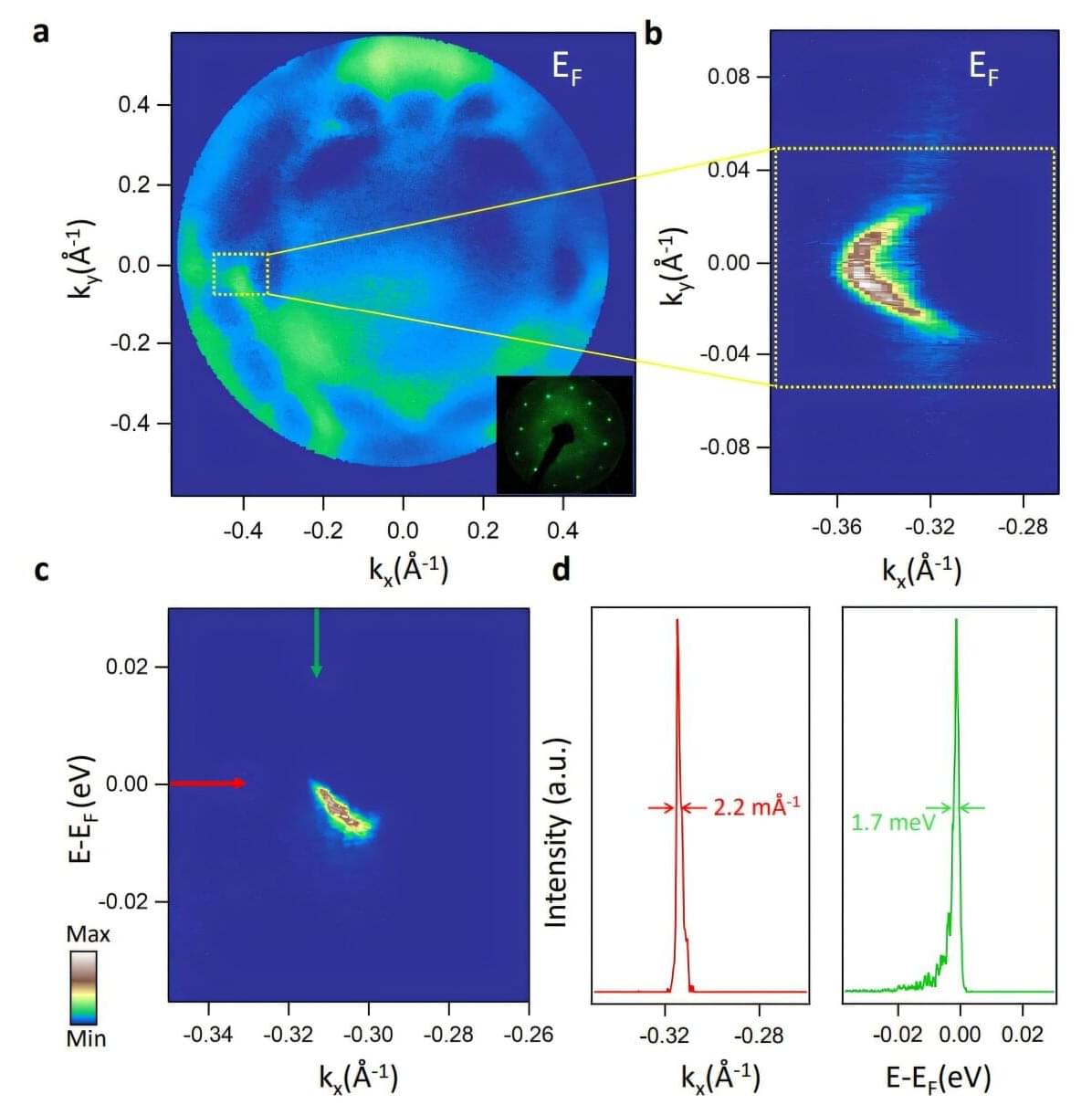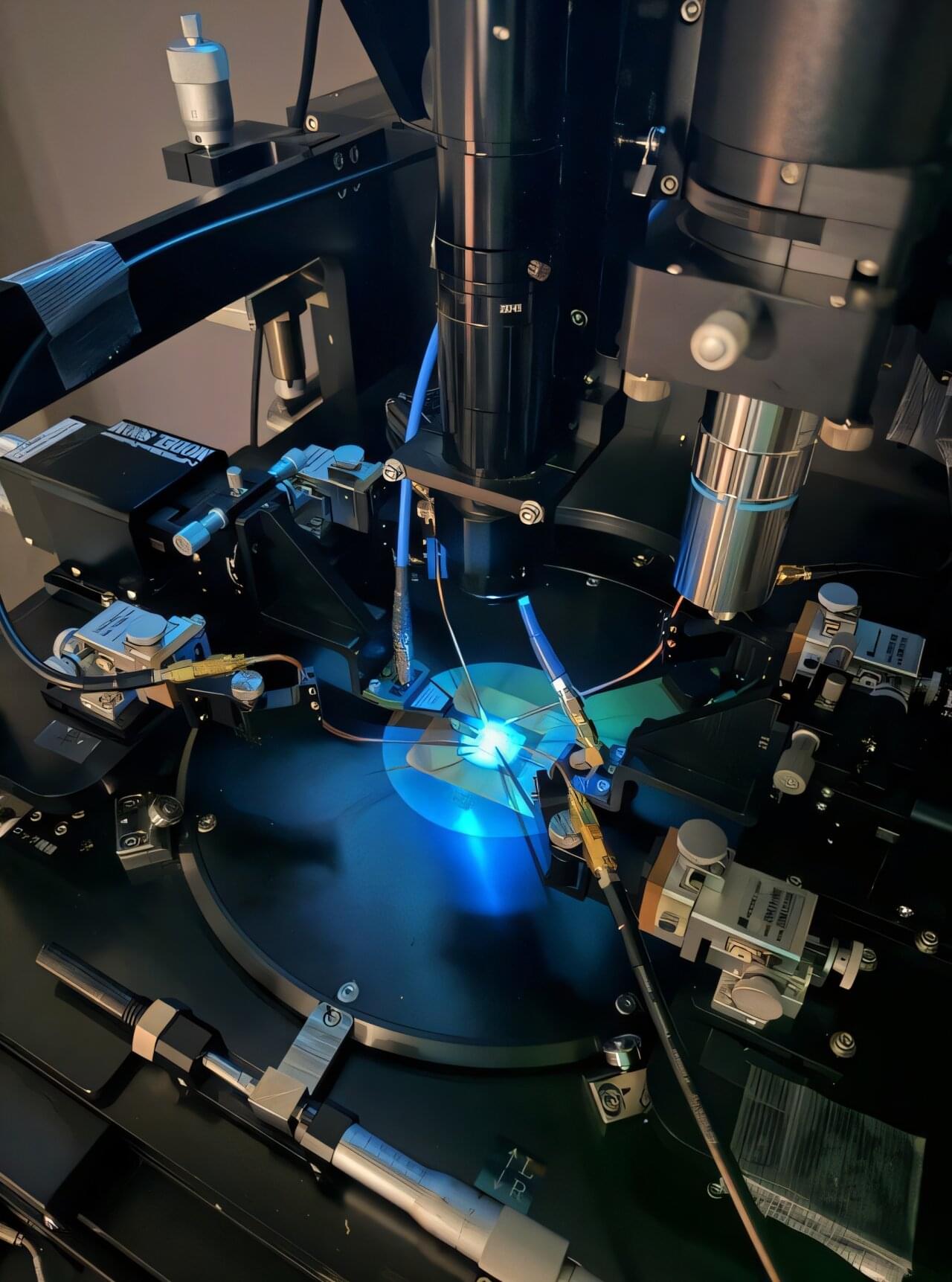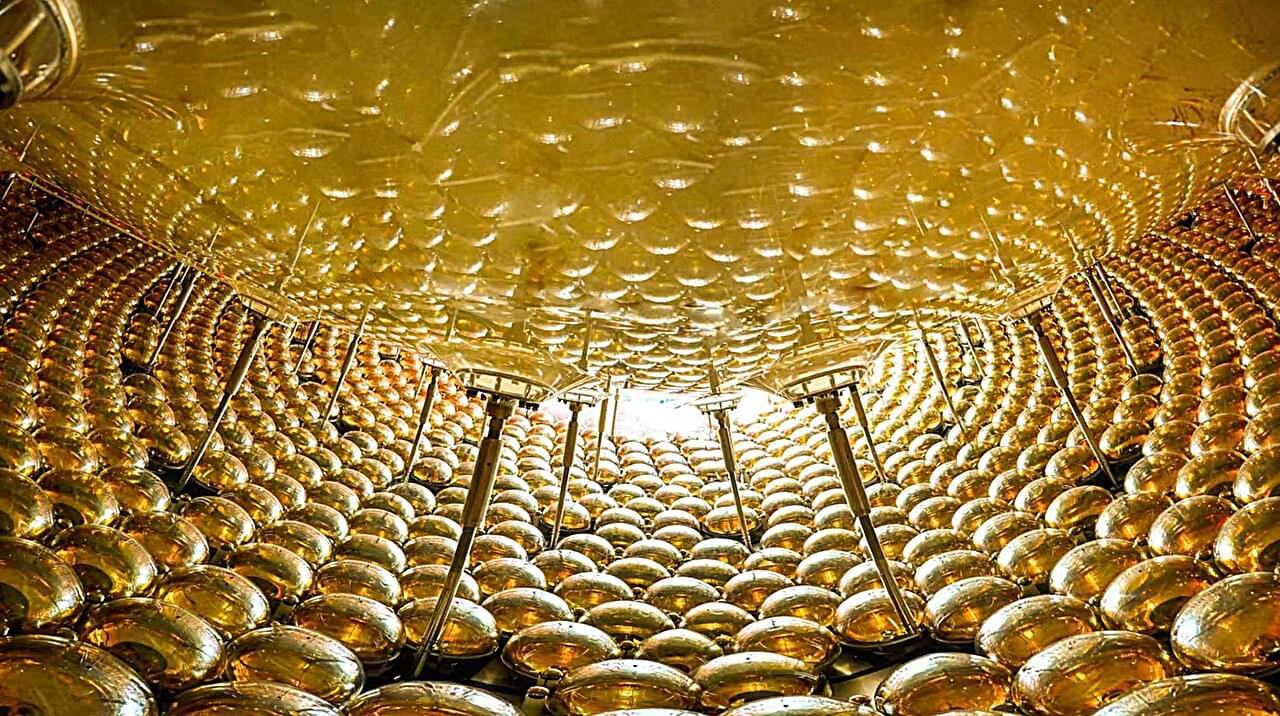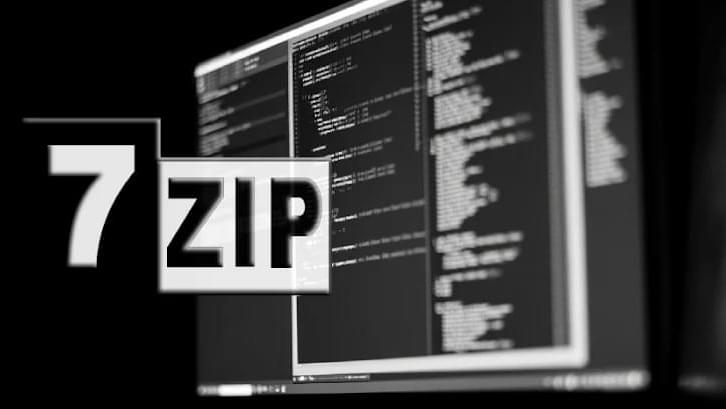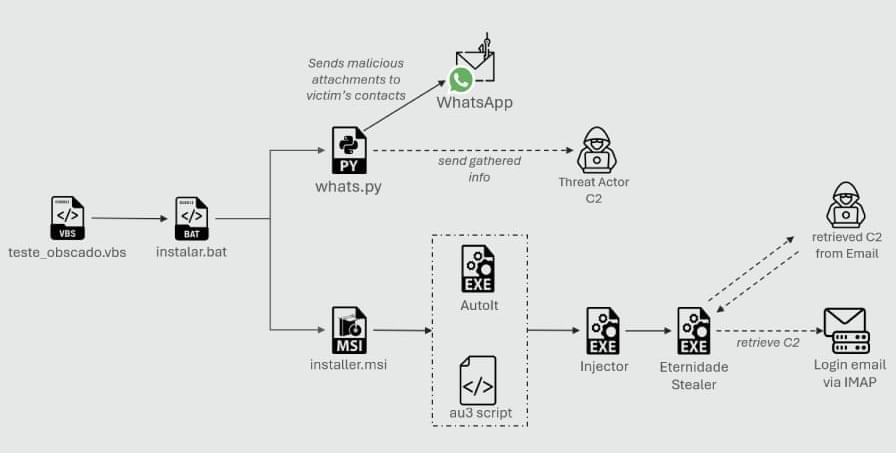The ability to precisely study and manipulate electrons in electron microscopes could open new possibilities for the development of both ultrafast imaging techniques and quantum technologies.
Over the past few years, physicists have developed new experimental tools for studying the behavior of electrons not bounded to any material by utilizing the so-called nanoscale field emitters, tiny metallic tips that release electrons when exposed to strong electric fields.
Researchers at the Max Planck Institute for Multidisciplinary Sciences recently carried out a study aimed at shedding new light on how pairs of emitted electrons relate to each other and how their behavior unfolds over time.
